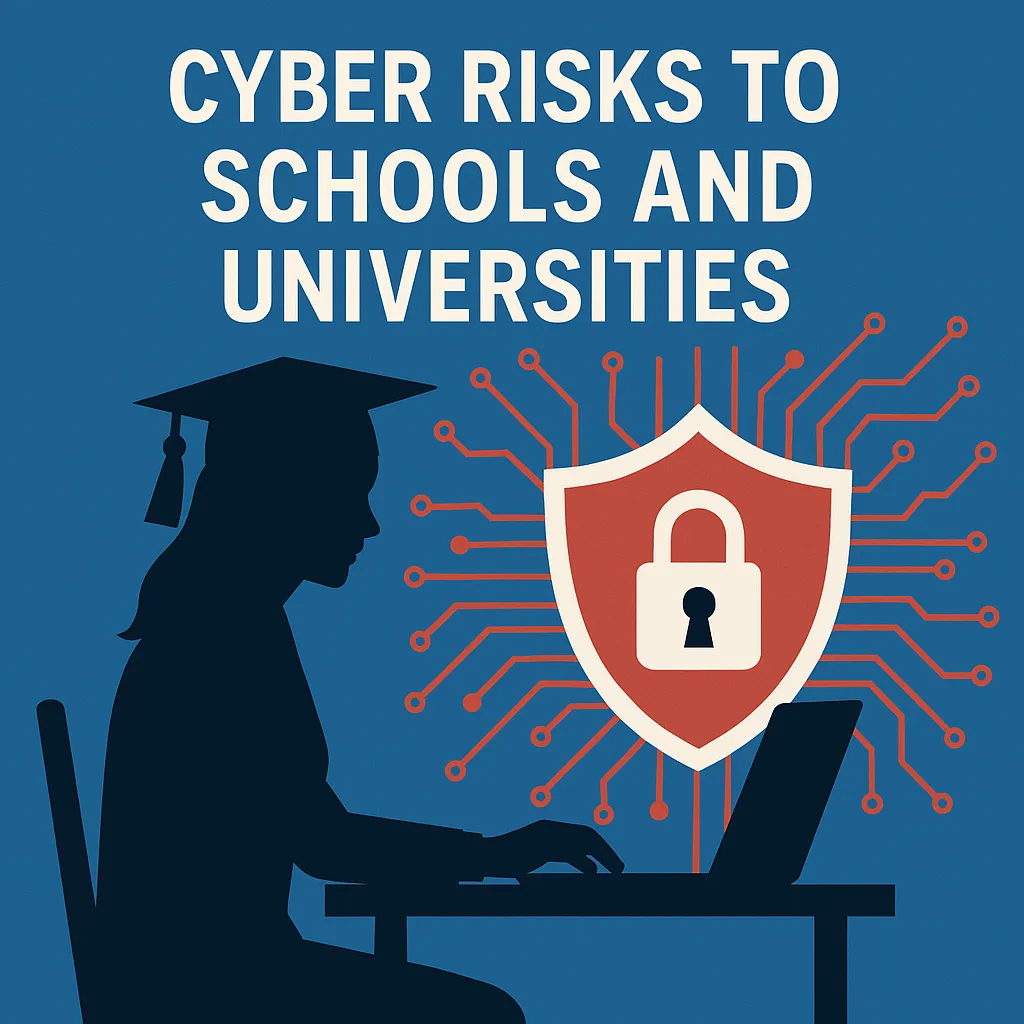Exposed and Underprotected: The Cybersecurity Risks Facing the Education Sector
As technology becomes increasingly integrated into the fabric of education, the sector faces growing cybersecurity threats that could undermine educational integrity, compromise student data, and drain financial resources. This blog post delves into why the education sector is an attractive target for cybercriminals and how stakeholders can mitigate these risks.
The Appeal of Educational Institutions to Cyber Attackers
Educational institutions store a wealth of sensitive information, from personal student and staff data to financial and research records. The inherent value of this data makes these institutions prime targets for cyber attacks. Combined with generally lower cybersecurity defenses, schools and universities become 'target rich, cyber poor' environments, a term used by CISA to describe entities with valuable assets but inadequate protections.
According to a report by Forbes, education ranks fifth globally by industry in cybercrime incidents, with malware and phishing as the leading threats.
Common Cyber Threats in the Education Sector
Phishing and Social Engineering
Phishing attacks involve tricking victims into handing over sensitive information, such as login credentials or financial information. They are particularly effective in the education sector due to the high turnover of students and staff, which can lead to a lack of awareness and training on cybersecurity practices. Social engineering tactics are similarly threatening, exploiting human psychology to achieve malicious ends.
Ransomware
Ransomware attacks, where attackers encrypt an institution’s data and demand a ransom to unlock it, have become increasingly commonplace. Schools, with their limited IT resources, often find it easier to pay the ransom than to restore systems independently, a fact cybercriminals exploit mercilessly.
For instance, UpGuard highlights ransomware as a significant concern for the sector.
Strategies for Enhancing Cybersecurity in Education
Boosting cybersecurity in education requires a multifaceted approach. Key strategies include improving awareness and training to counteract social engineering and phishing scams, investing in robust cybersecurity infrastructure, and adhering to best practices for data management and protection.
A proactive stance is crucial, as indicated by resources provided by agencies like Microsoft, which recommends regular updates and patches to protect against known vulnerabilities.
Conclusion
The education sector's cybersecurity issues are a pressing concern that demands immediate and sustained attention. By understanding the risks and implementing comprehensive cybersecurity practices, educational institutions can protect themselves and their stakeholders from the detrimental effects of cybercrime.
In today's digital world, being prepared and vigilant is not just an option; it's a necessity.
